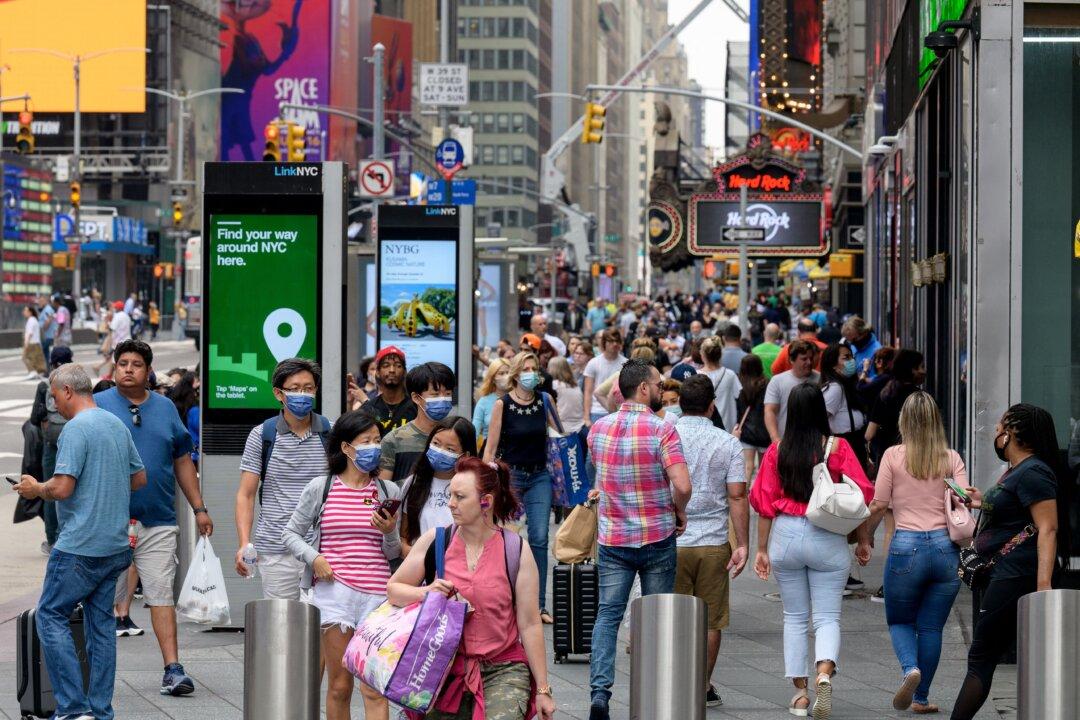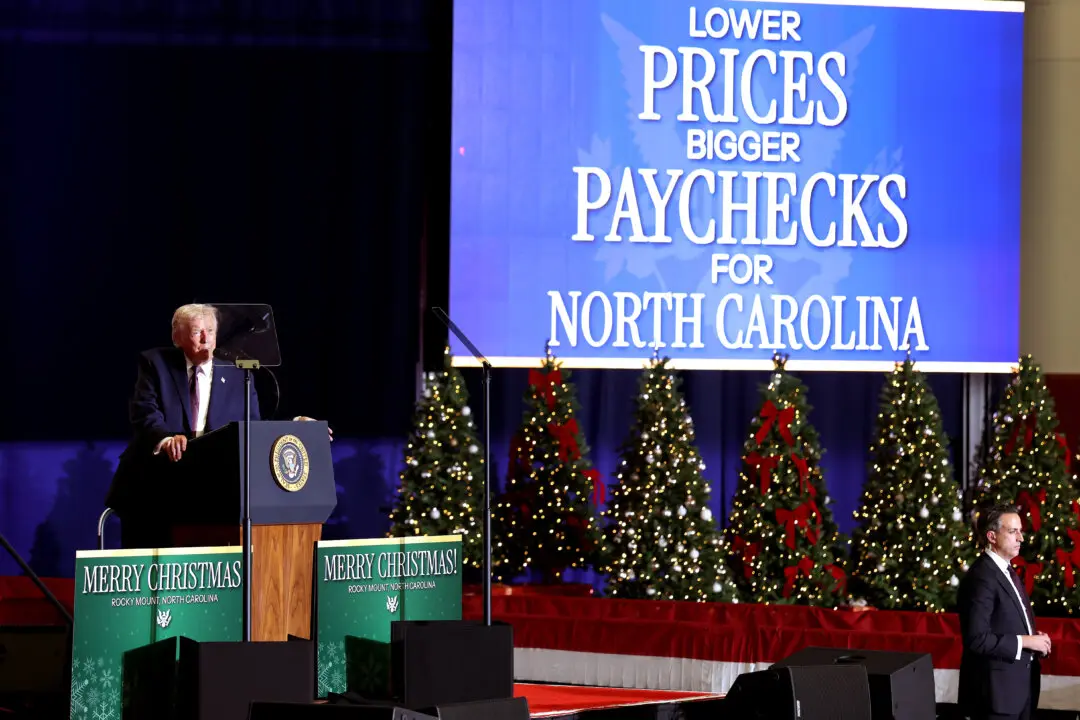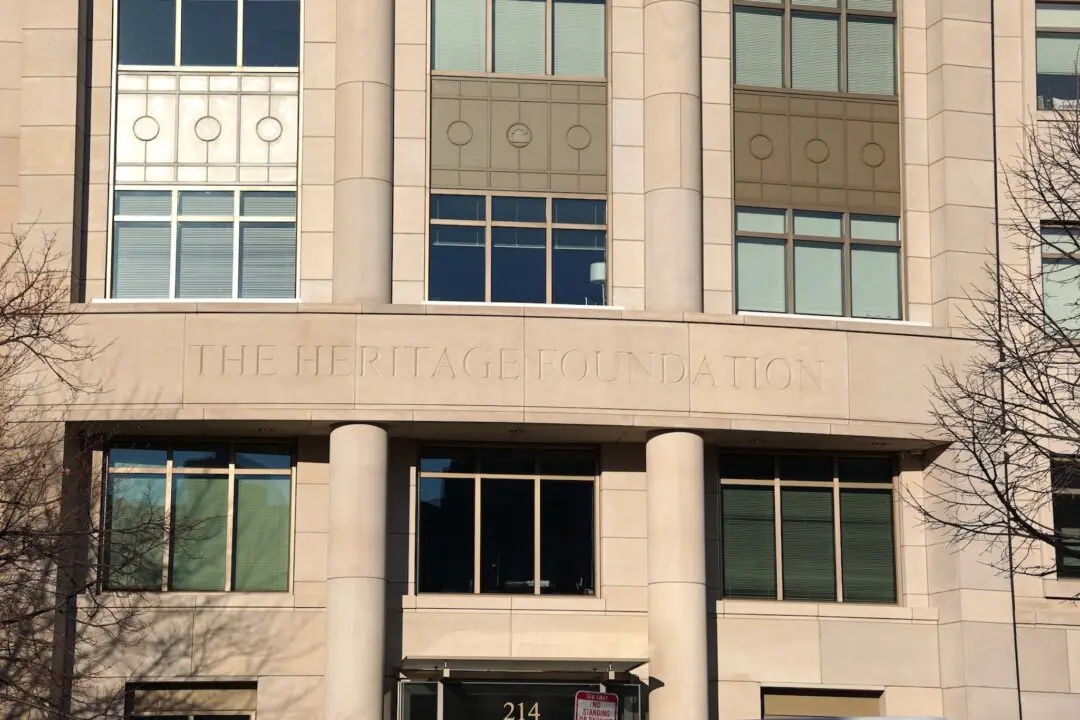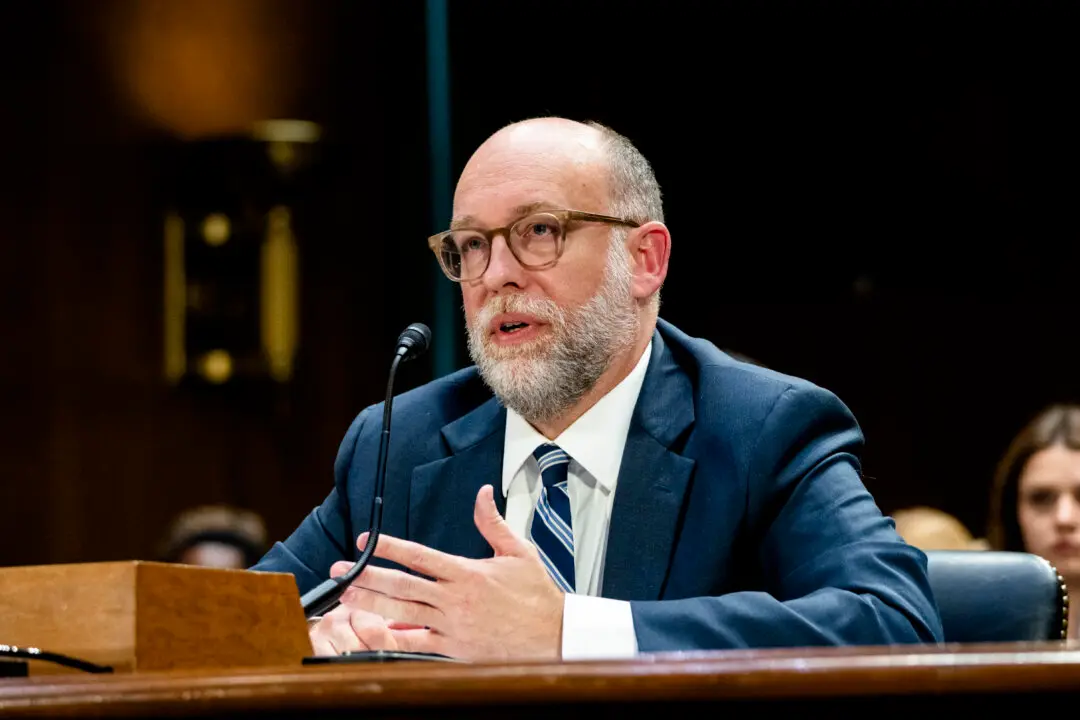U.S. inflation showed some cooling off in July after posting large gains in prior months. Consumer prices rose at their slowest monthly pace since February, providing some relief to those in the “transitory” camp, who hold that this bout of inflation isn’t a long-term phenomenon.
But, inflation fears still linger. The year-on-year increase in consumer prices remained stubbornly high at 5.4 percent, the same as in June.





